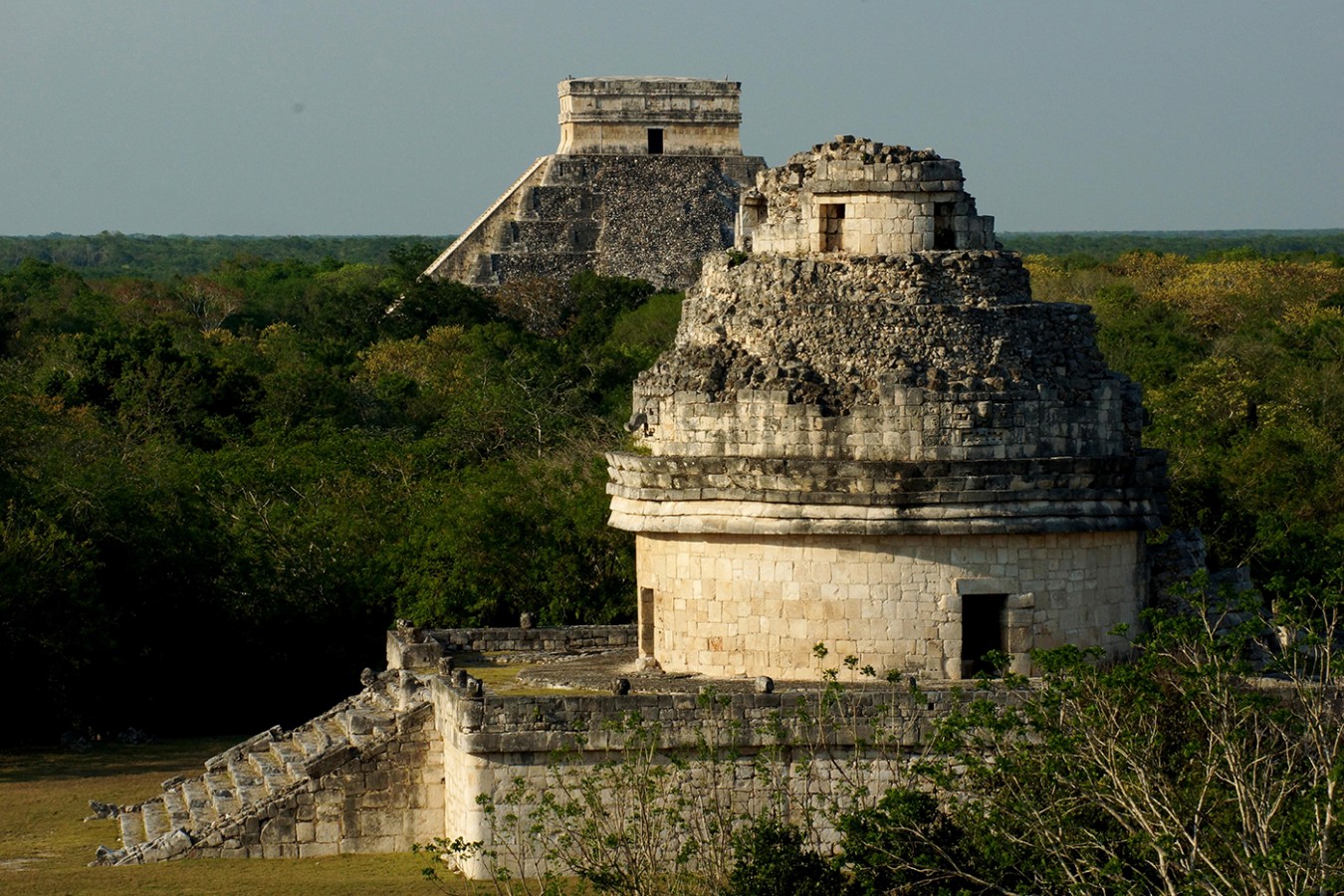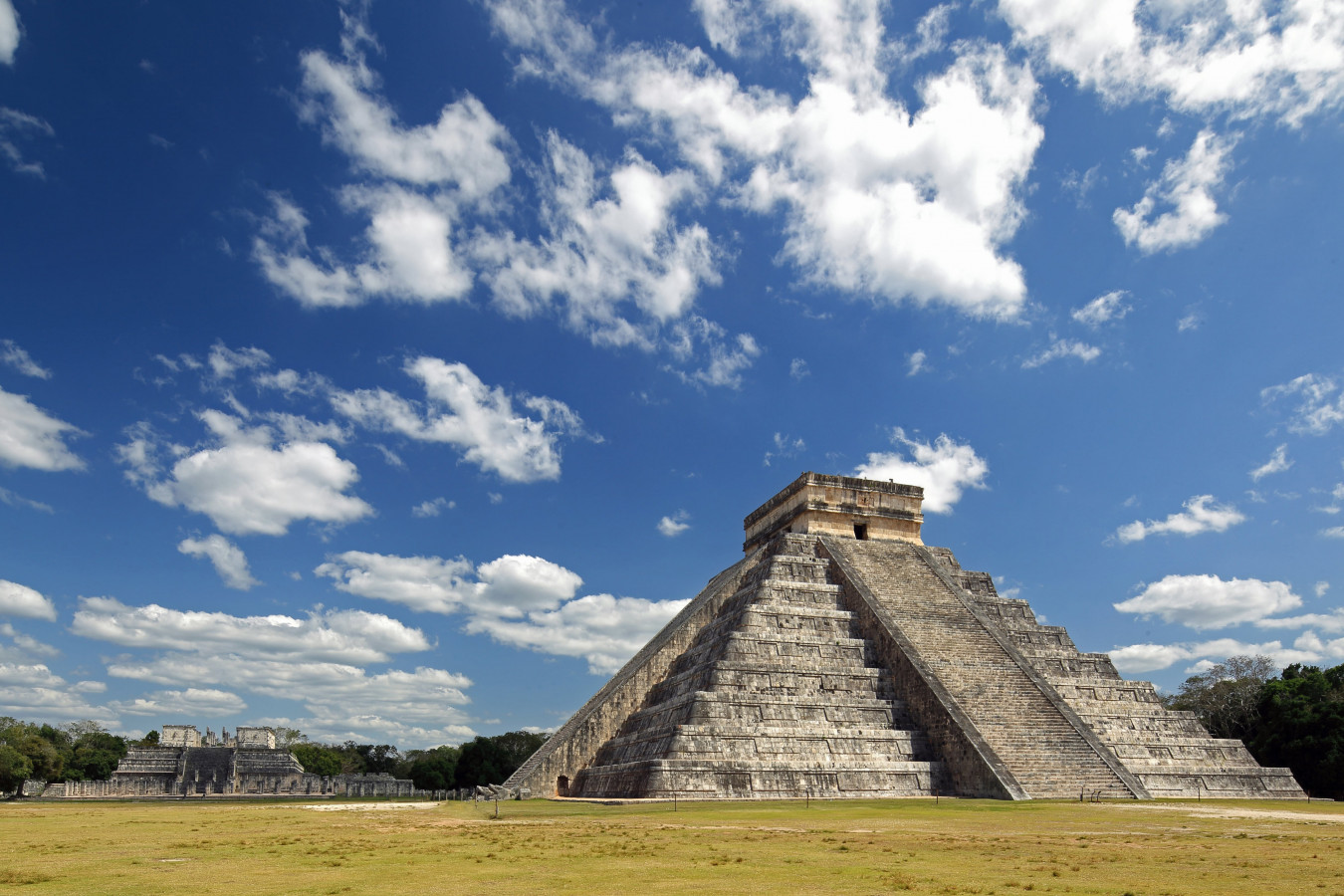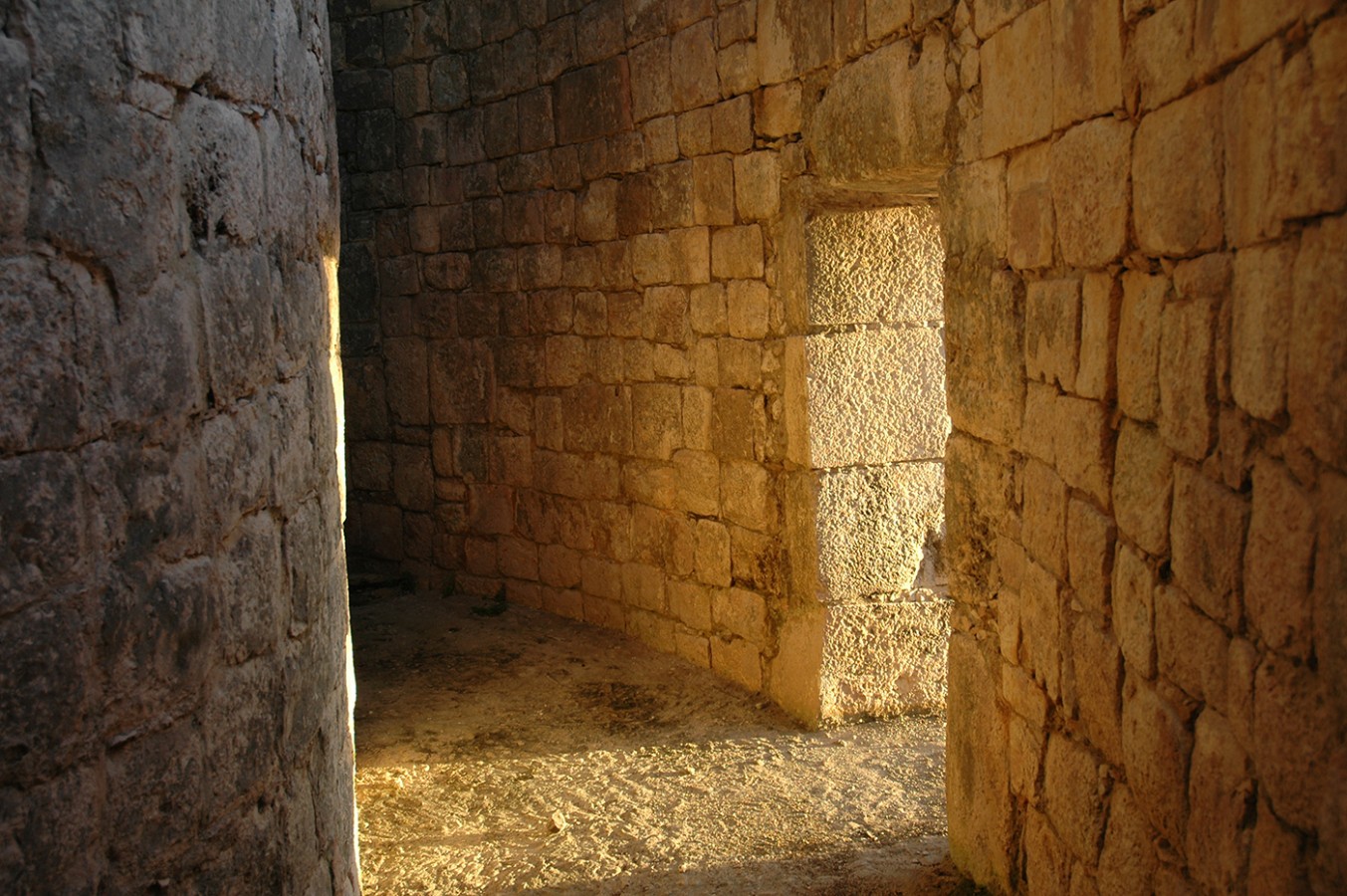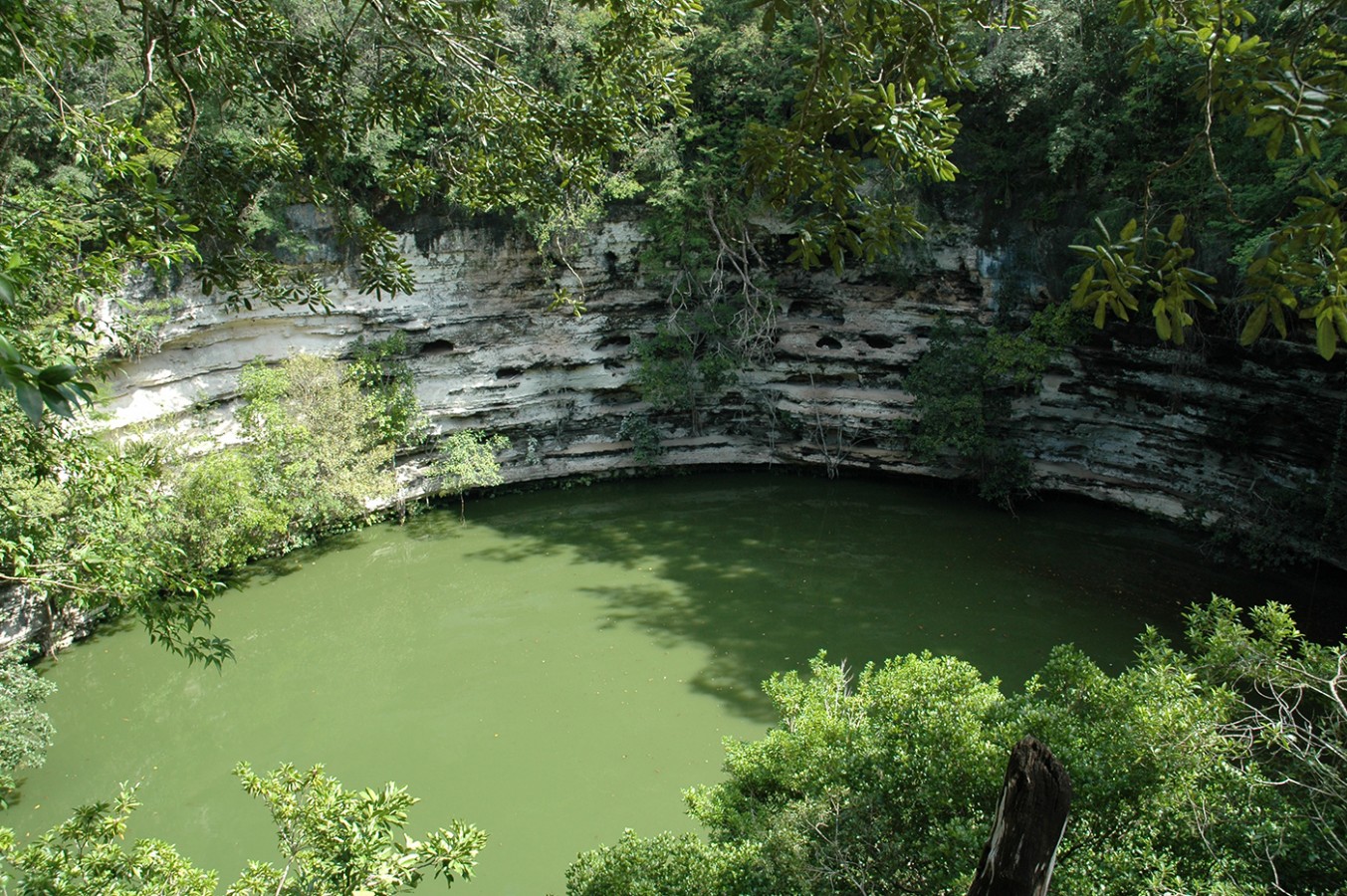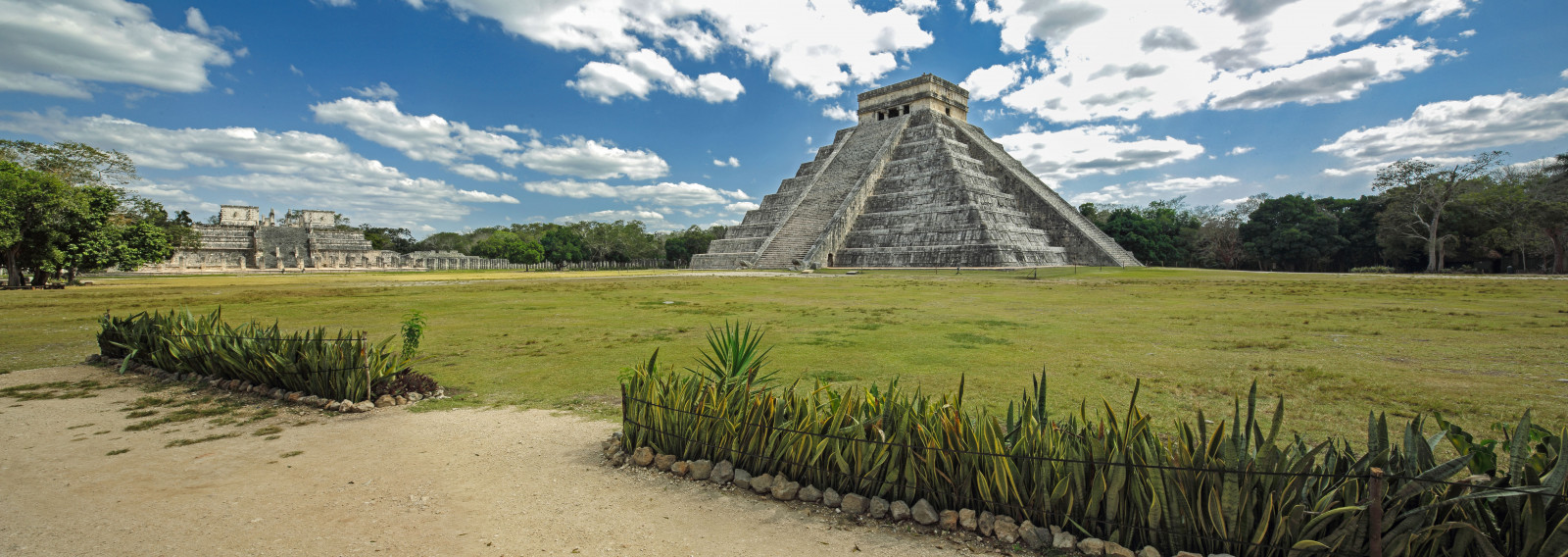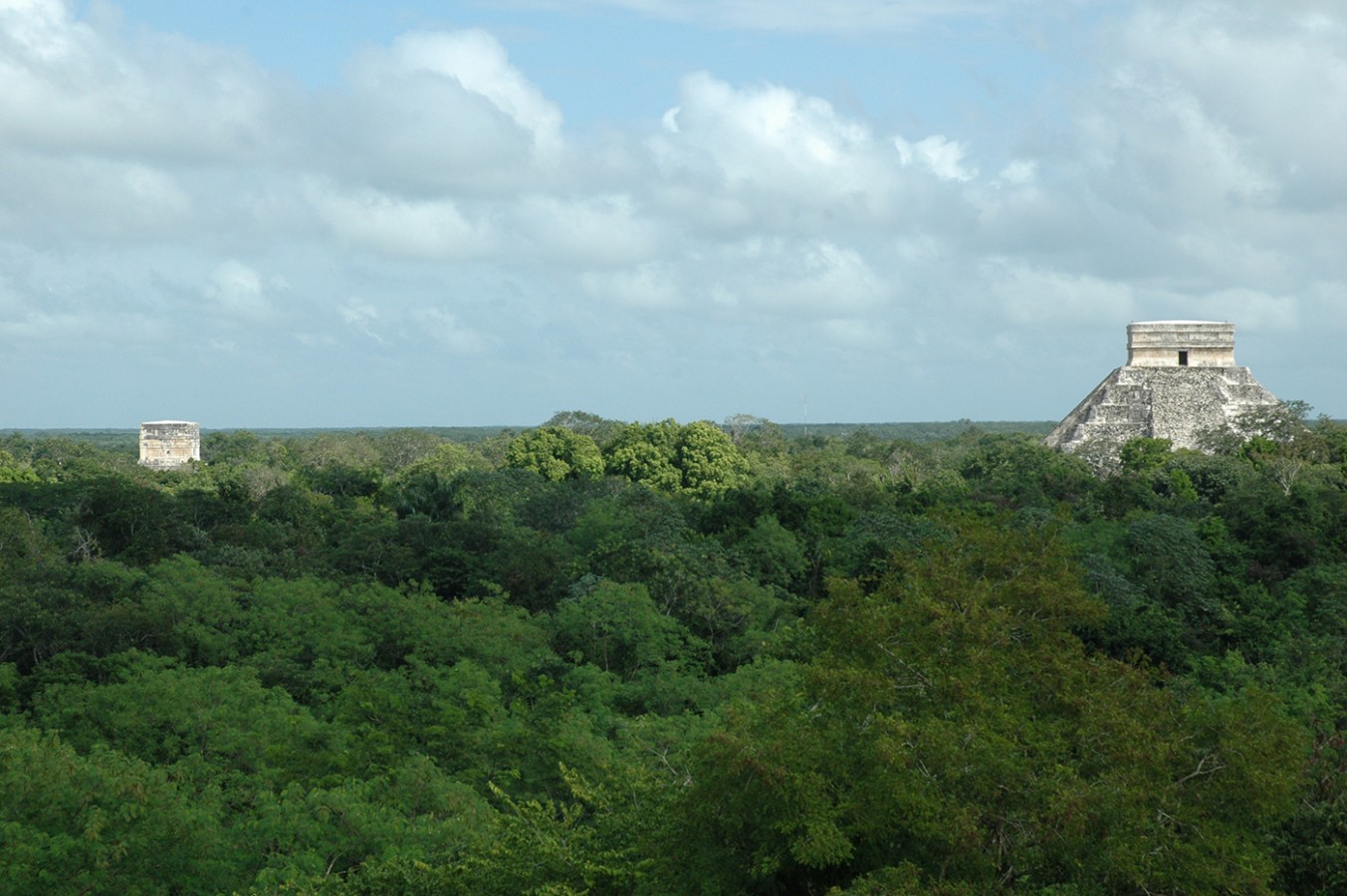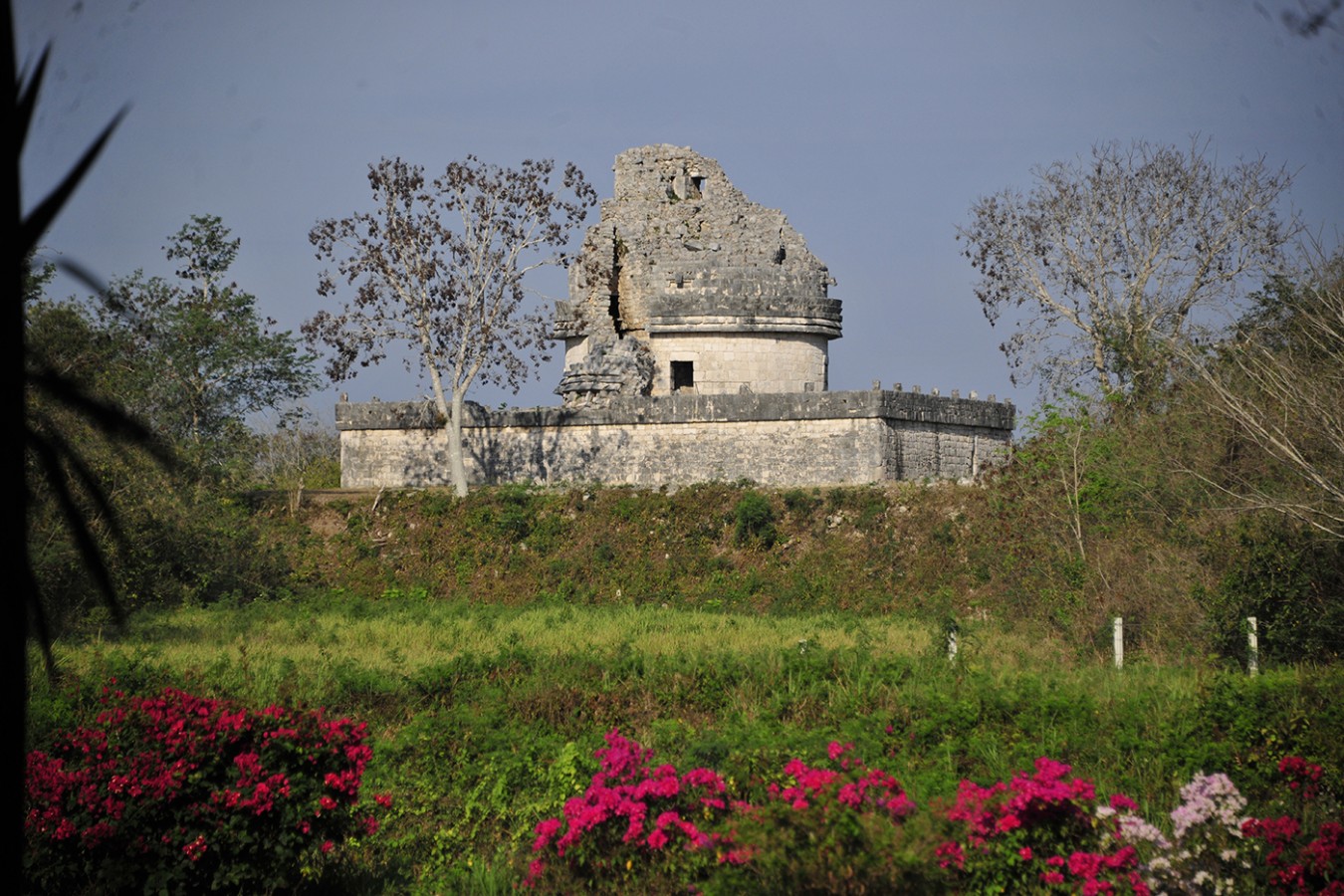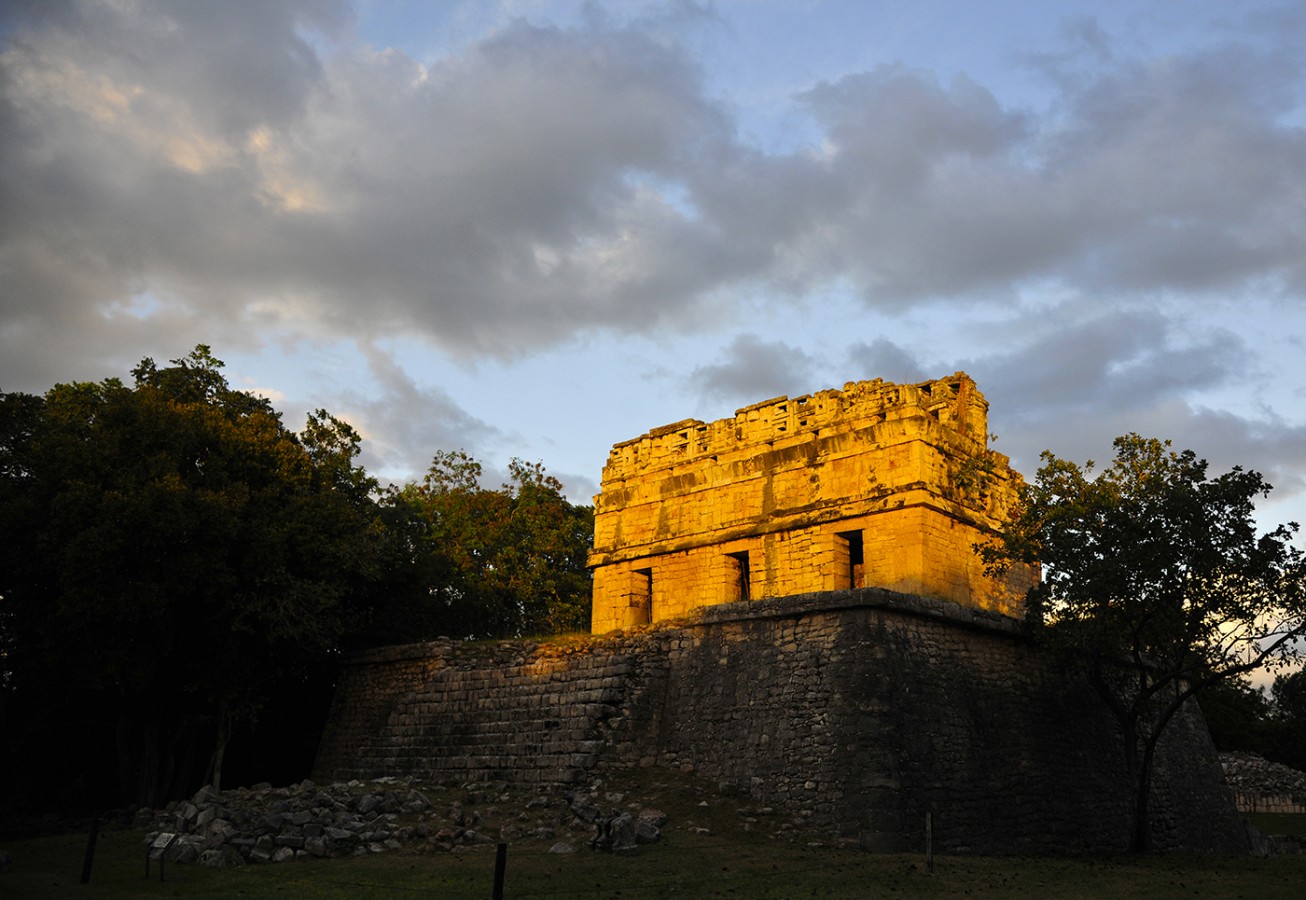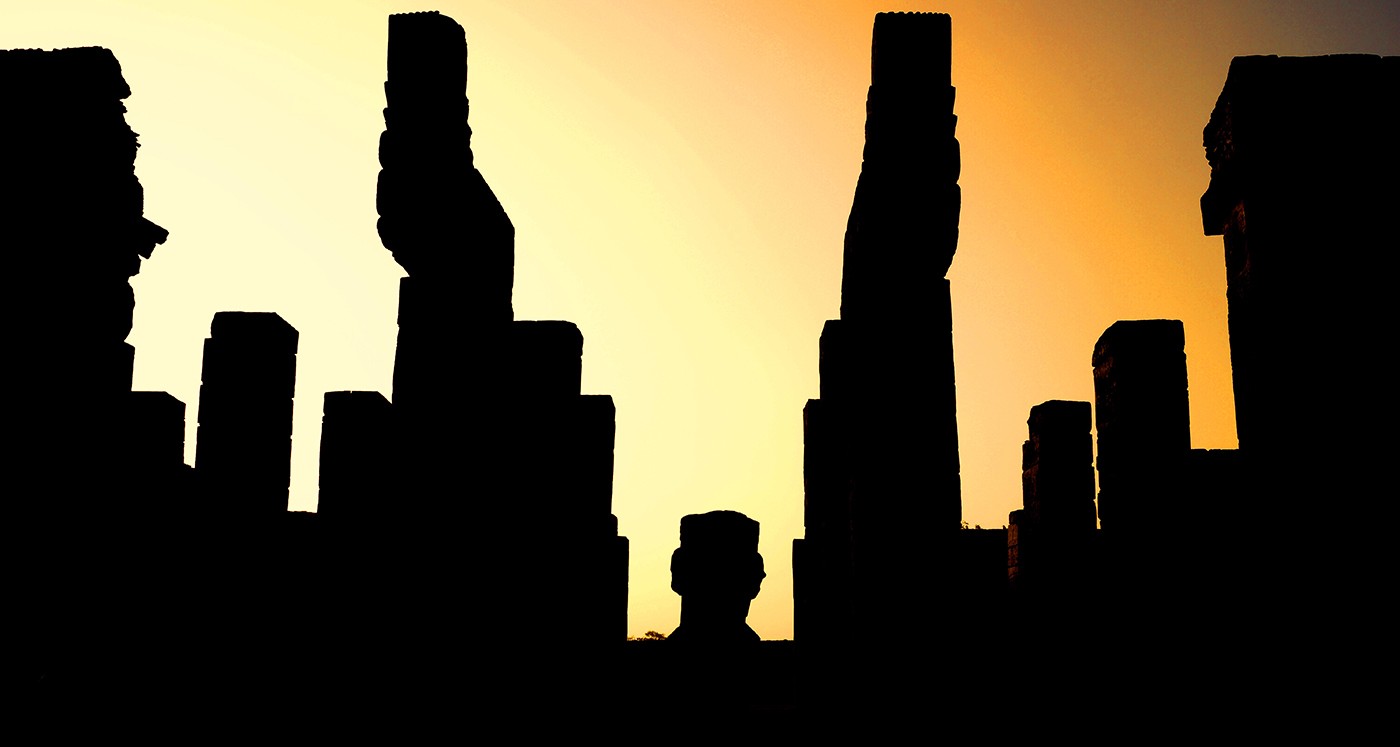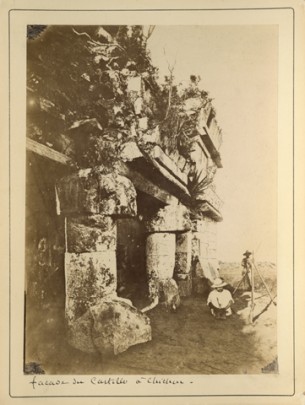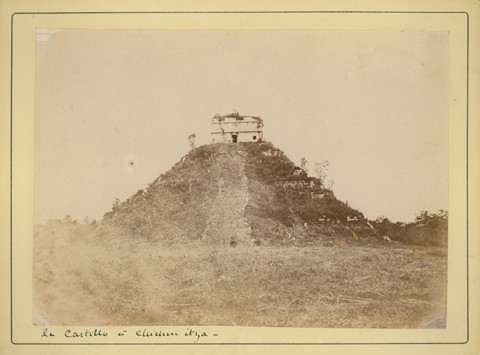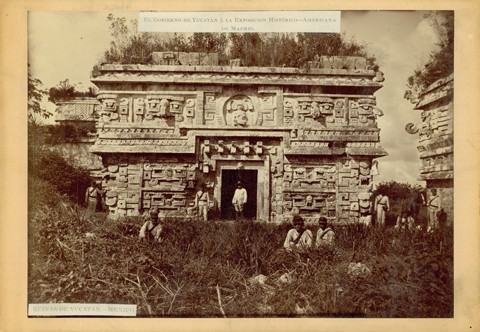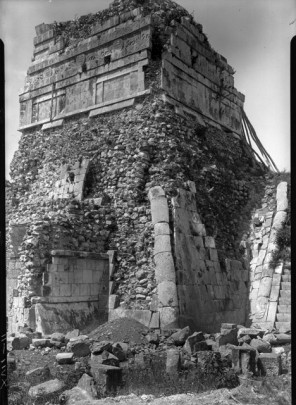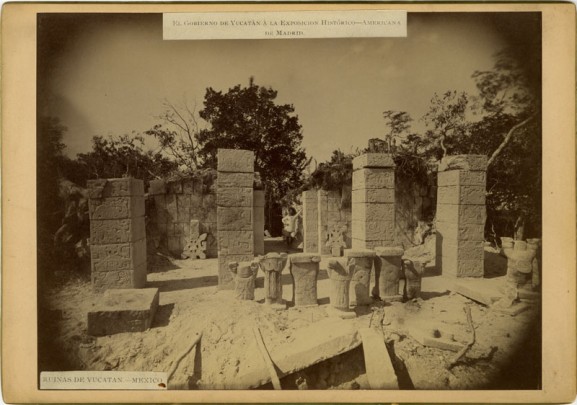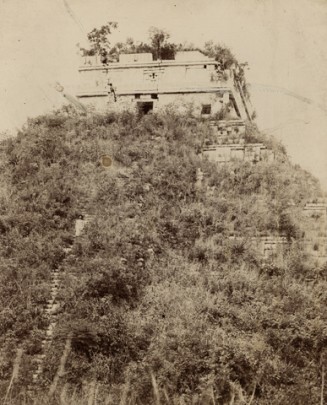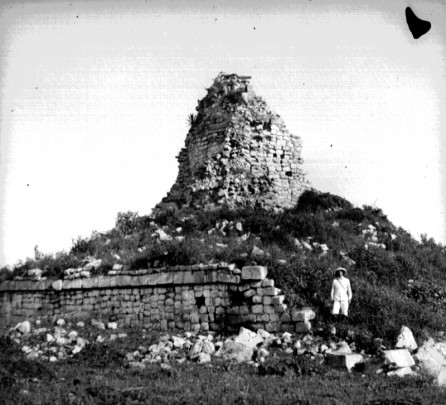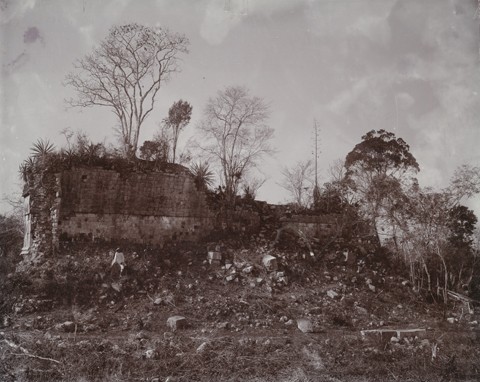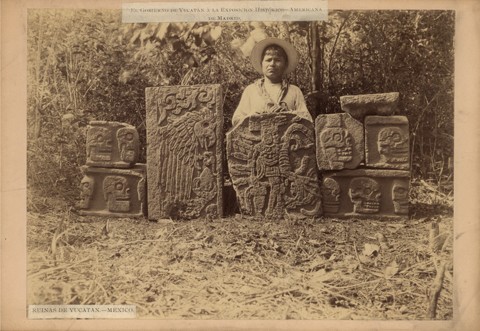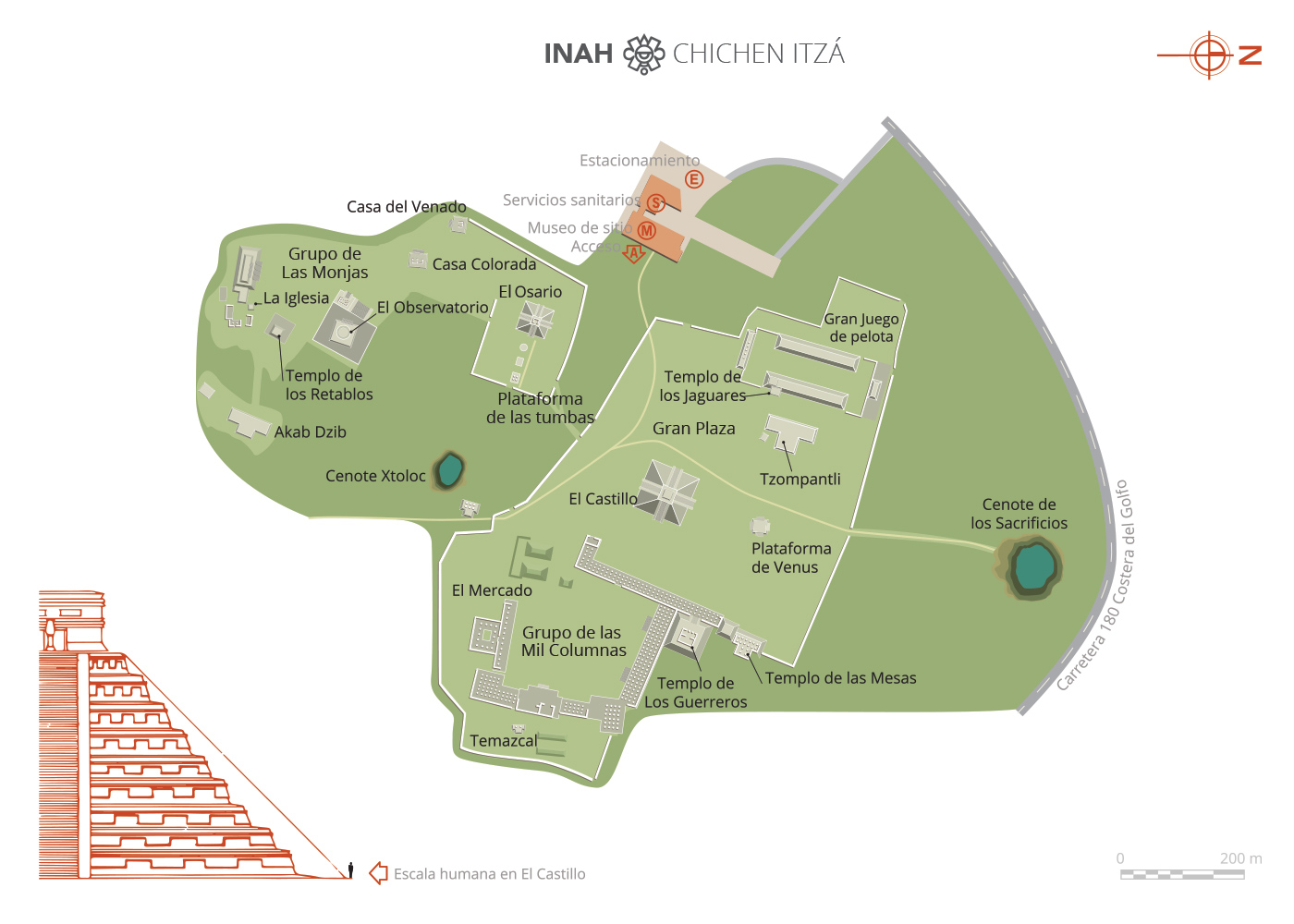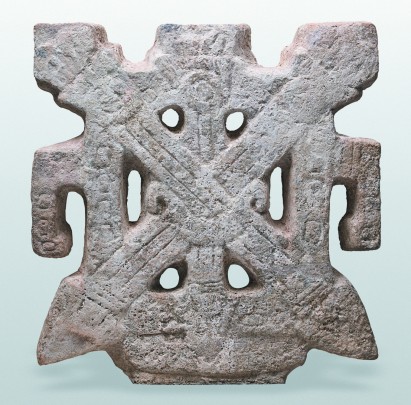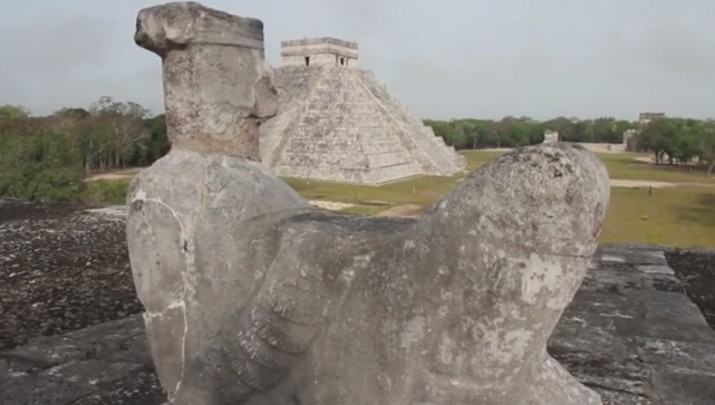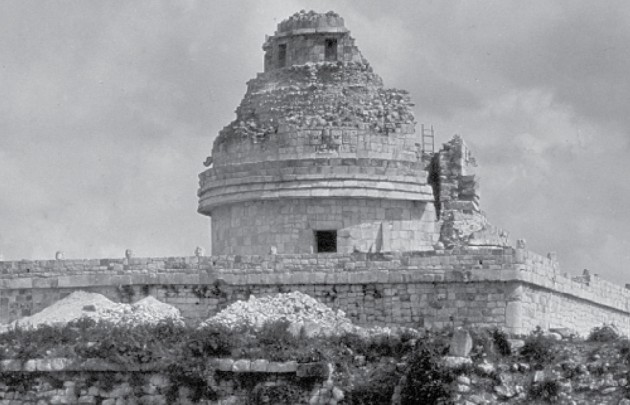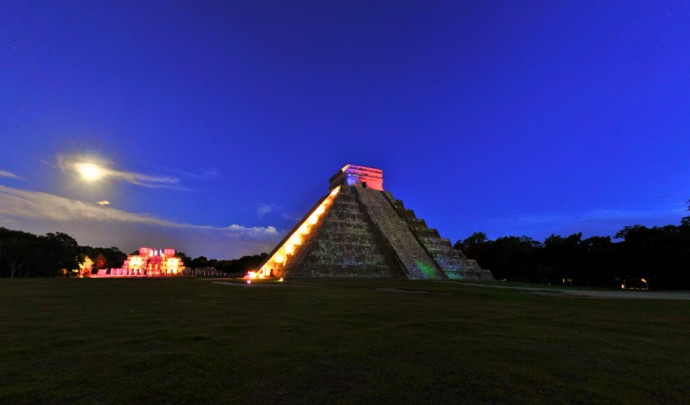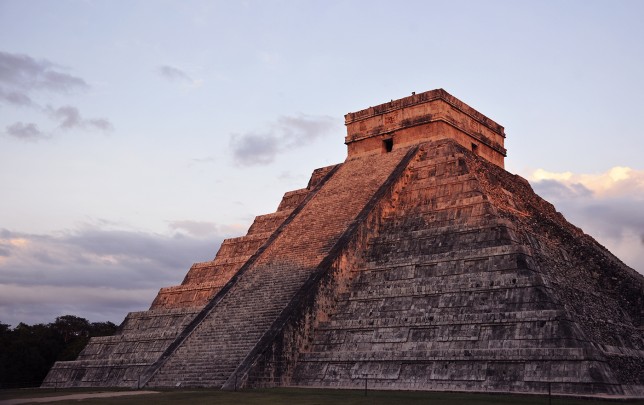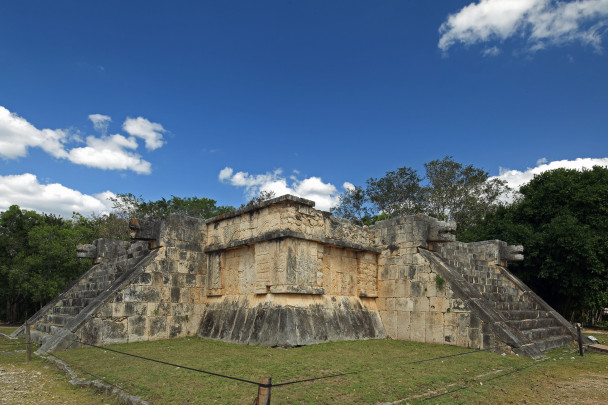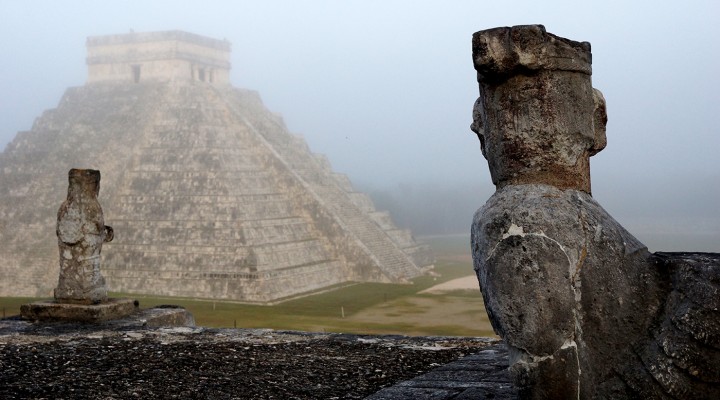Chichen Itza has been on the UNESCO World Heritage list since 1988. It was an extensive, powerful city, a warrior capital, and at the same time a city of imposing palaces and temples. Mayan by heritage, it was influenced by the Toltecs and it attracted people locally from the cities of Uxmal, Coba and Chacmultun as much as those from afar away, such as from Tula. It was a member of the League of Mayapan from 987 AD. In its heyday from around 600 to 1200 AD, it had a population of 50,000 farmers, builders, craftspeople, rulers, artists and priests. Its network of paved roads, or sacbeob (singular sacbe), is outstanding.
The worship of Kukulcan, or Quetzalcoatl, came from Tula, as well as the many-columned buildings, which are reminiscent of the shape of a snake. For example in the capital of the Toltecs, the remarkable Temple of a Thousand Columns honors Tlahuizcalpantecuhtli, the Lord of the Dawn, who was the embodiment of Quetzalcoatl. The city’s principal structure, El Castillo ("The Castle"), is also known as the Temple of Quetzalcoatl, and it is above all a representation of the solar calendar, and hence a monument to time itself. This and other tall square- or rectangular-based pyramid structures have long stairways edged with robust balustrades. These days this style is known Toltec Maya.
From the east of Yucatán it also received the Puuc-style filigree design in the form of elaborate decoration made from stucco facade masks of the rain god Chaac, and numerous polished stone fret patterns interspersed with small pillars and minor sculptures in low structures. There are also circular-plan buildings with an ancient heritage, such as the surprising observatory known as El Caracol (“The Snail”).
The great works began by levelling out the ground for the various platforms on which the palaces and temples were built including El Castillo, the Great Ball Court, the Temple of the Great Tables, the Temple of the Warriors, the Tzompantli, the Platform of the Eagles and the Jaguars and the Platform of Venus. El Mercado ("The Market”), the Temple of the Sculpted Columns and the Temple of the Small Tables were erected in one great quadrangular plaza.
At the spring and fall equinoxes, a carefully calculated effect of light and shadow is produced by the shadow of the north staircase of the building known as the Castle or Pyramid of Kukulkan. The shadow forms the outline of a serpent, a phenomenon interpreted as the descent of the god Kukulkan to fertilize the earth and to ensure the continuity of the agricultural cycle that was so important to the Mesoamerican worldview.
- The Castle was built over another identical but smaller structure, which holds the sculpture of a jaguar painted in red and inlaid with jade to simulate the spots of this feline.
- The tzompantli was a platform where the skulls of victims sacrificed in rituals were placed.
- Inside the Temple of the Tables there is a room with pilasters that bear representations of warriors.
- The Temple of the Warriors was built over the Temple of Chac Mool, in which pillars are found with polychrome reliefs that represent warriors and priests.

Adicionalmente el Gobierno del Estado de Yucatán cobra admisión de $417.00 para extranjeros y $130.00 para mexicanos con identificación oficial. No pagan niños, tercera edad, maestros y residentes en Yucatán con identificación vigente.


